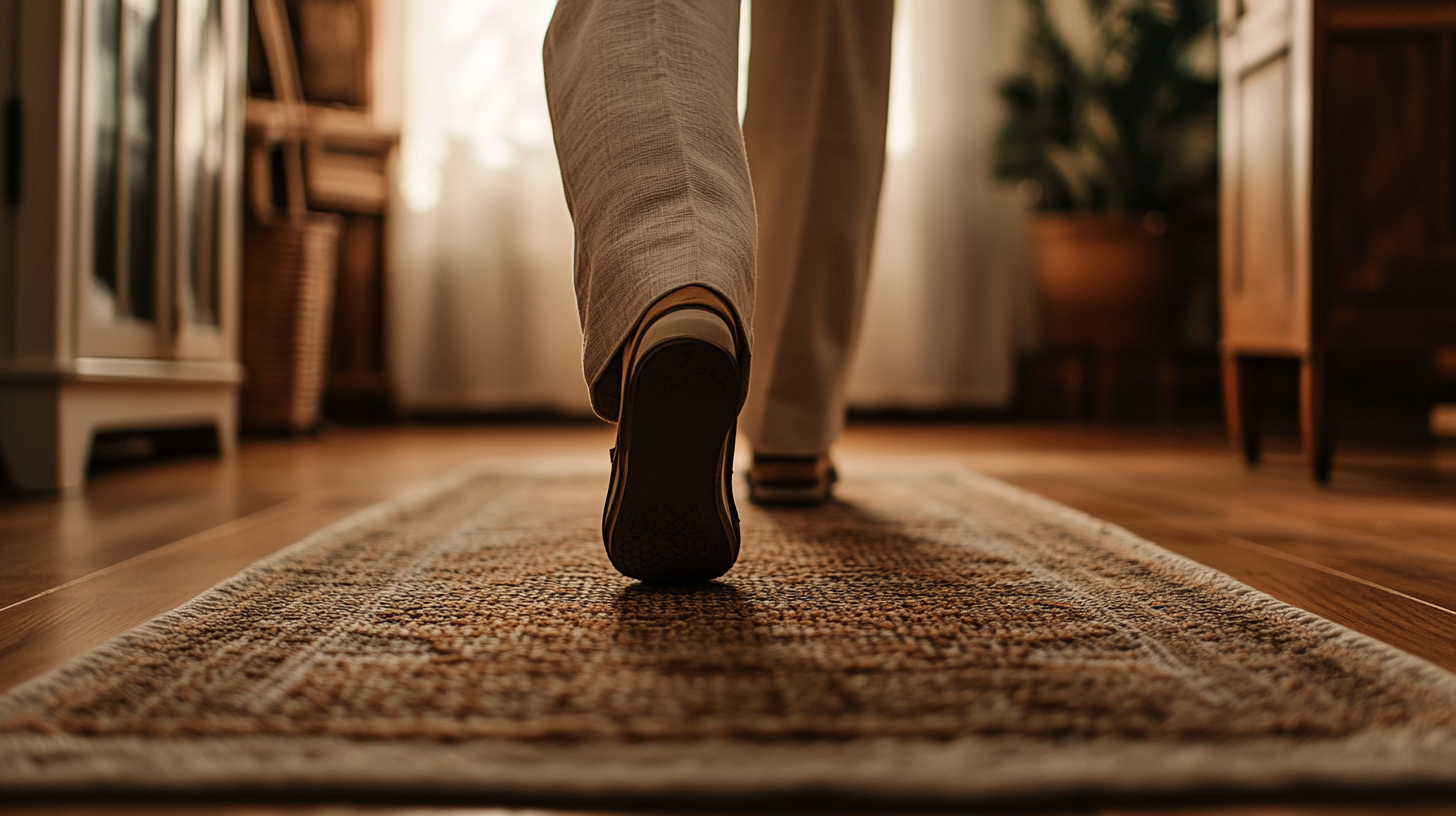
Aging is inevitable. But moving to a nursing home? That’s optional.
More than ever, families are choosing to keep their aging loved ones at home instead of placing them in assisted living facilities or nursing homes. This growing trend—known as “aging in place”—isn’t just about comfort; it’s about dignity, independence, and personalized care.
The shift is happening for good reasons. Seniors want to stay in familiar surroundings, surrounded by their memories, pets, and neighbors. Families want peace of mind, knowing their loved ones are safe and well cared for without the emotional toll of relocating them to an institution. And let’s be honest—nursing homes aren’t cheap, and they’re not always the warm, welcoming havens we wish they were.
The Rise of Aging in Place: What’s Driving the Trend?
Once upon a time, the “normal” path of aging meant that as soon as a senior needed daily assistance, the logical choice was to move them to a residential care facility. But today, a mix of economic, social, and health-related factors is shifting that perspective.
1. Seniors Want Control Over Their Lives
No one likes to be told what to do—especially not after decades of making their own choices. Aging in place allows seniors to maintain their routines, keep their personal freedoms, and live life on their own terms. Whether it’s having breakfast at 11 AM instead of 7 AM or watching old westerns all afternoon, home care allows for a personalized experience that facilities can’t always provide.
2. The Cost of Nursing Homes Is Skyrocketing
Let’s talk numbers. The average cost of a private room in a nursing home is around $100,000 per year, and that’s before factoring in additional care services. Compare that to in-home care, where families pay only for the assistance their loved ones actually need. Many seniors require only part-time support, making in-home care a much more cost-effective solution.
3. Family Involvement Is a Priority
Families want to stay connected with their aging relatives. Moving a loved one into a facility often feels like a detachment from family life. Aging in place allows for more flexibility—grandkids can drop by after school, holiday traditions stay intact, and Sunday dinners remain a staple.
4. Health Benefits of Staying at Home
There’s no place like home, and research backs this up. Seniors who age in familiar surroundings tend to have lower rates of depression, anxiety, and cognitive decline. They also experience fewer hospitalizations and infections compared to those in nursing homes, where communal living can increase exposure to illnesses.
How Professional Care Makes Aging in Place Possible
While the idea of keeping seniors at home sounds ideal, let’s be real—most families can’t provide 24/7 care on their own. That’s where professional in-home care services come in.
1. Personalized One-on-One Care
Unlike nursing homes, where staff are stretched thin across multiple residents, in-home caregivers provide dedicated, one-on-one attention. This means better medication management, timely meals, assistance with personal hygiene, and companionship—all tailored to the senior’s specific needs.
2. Help with Daily Activities
Many seniors don’t need full medical care, just a helping hand with daily tasks. In-home caregivers assist with bathing, dressing, meal preparation, mobility, and even household chores, making life easier while allowing seniors to stay independent.
3. Medical and Specialized Support
For seniors with chronic illnesses like dementia, diabetes, or mobility issues, trained caregivers provide specialized support at home. This means better continuity of care, fewer unnecessary hospital visits, and improved overall health management.
4. Companionship and Emotional Well-Being
Aging can be lonely. One of the most overlooked aspects of in-home care is the companionship it provides. Caregivers don’t just assist with physical needs—they offer conversation, play board games, go on walks, and engage seniors in activities that keep their minds sharp.
5. Peace of Mind for Families
Let’s be honest: adult children want to help their aging parents, but work, kids, and life make it impossible to be there 24/7. In-home care removes the guilt and worry, ensuring their loved one is safe and cared for, even when they can’t be there.
Is In-Home Care Right for Your Family?
The decision between home care and assisted living isn’t always easy. Here are a few questions to consider:
- Does your loved one value their independence and routine?
- Do they need help with daily tasks but not necessarily full-time medical care?
- Would they benefit from companionship and emotional support?
- Is your family struggling to balance caregiving with work and other responsibilities?
If the answer to most of these questions is “yes,” then in-home care may be the best choice.
The Future of Aging: Home Over Institutions
With advances in telemedicine, home health services, and caregiver training, aging in place is becoming more accessible than ever. Families no longer have to choose between safety and independence—today’s home care solutions offer both.
At the end of the day, aging shouldn’t mean giving up the comfort and joy of home. As more families recognize this, the shift toward in-home care will only continue to grow.
After all, home isn’t just where the heart is—it’s where health, happiness, and dignity thrive.


